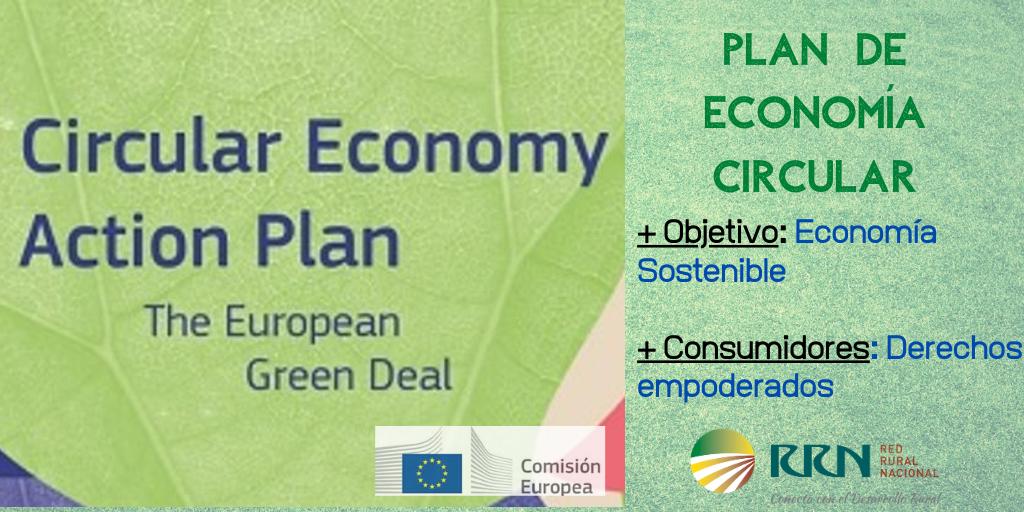
16 de March de 2020
The goal is sustainable growth: changing production and consumption patterns to establish a climate-neutral yet competitive economy. Consumers, in turn, acquire new rights that empower them.
Brussels, March 11, 2020. This week, the European Commission approved the new Circular Economy Action Plan, one of the main elements of the European Green Deal. The goal is sustainable growth: changing production and consumption patterns to establish a climate-neutral yet competitive economy. Along the way—while protecting the environment—consumers acquire new rights that empower them, and it is ensured that the resources used remain in the EU economy for as long as possible.
The Circular Economy Action Plan offers measures to change the first link in the sustainability chain: product design . These measures are geared toward innovation and digitalization to ensure zero waste.
Plan Measures
There are 4:
1) Sustainable products: Products marketed in the EU will have to meet three legislative requirements:
- Longer duration.
- Capacity for reuse, repair and recycling.
- Incorporation of recycled material instead of primary raw materials.
In this regard, the EU will restrict single-use products, combating premature obsolescence, and prohibiting the destruction of unsold durable goods.
2) Empower consumers: Consumers will gain the right to repair: They will receive reliable information about repair and product lifespans that will help them make more sustainable choices.
3) Focus on sectors that use the most resources and have a high potential for circularity: Which would these sectors be?
+ Electronics and ICT: Extending the useful life of products.
+ Batteries and vehicles: Increasing sustainability and promoting circularity of batteries.
+ Packaging: Reduction of excessive packaging.
+ Plastics: Recycled content required.
+ Textile products: Boosting the EU market for textile reuse.
+ Construction and housing: Principles of circularity in buildings
+ Food: Legislation to replace single-use containers, tableware, and cutlery with reusable products in food services.
4) Ensure less waste is produced: In 3 ways:
- Transform them into high-quality secondary resources that are integrated into a secondary raw materials market.
- Separate collection of waste and its labeling.
- Minimize EU waste exports and tackle illegal shipments.
With these measures, circularity will become the norm in our lives and will accelerate the sustainable transition of our economy.
The Plan and its initiatives will be developed with the close participation of businesses and stakeholders.
Context
The European Green Deal, presented by the Von der Leyen Commission on December 11, 2019, sets out an ambitious roadmap toward a climate-neutral circular economy, in which economic growth is decoupled from resource use. A circular economy reduces pressure on natural resources and is a prerequisite for achieving the climate-neutral goal.
More information
“Questions and Answers: New Circular Economy Action Plan for a Cleaner, More Competitive Europe”: http://bit.ly/2TQml6t











